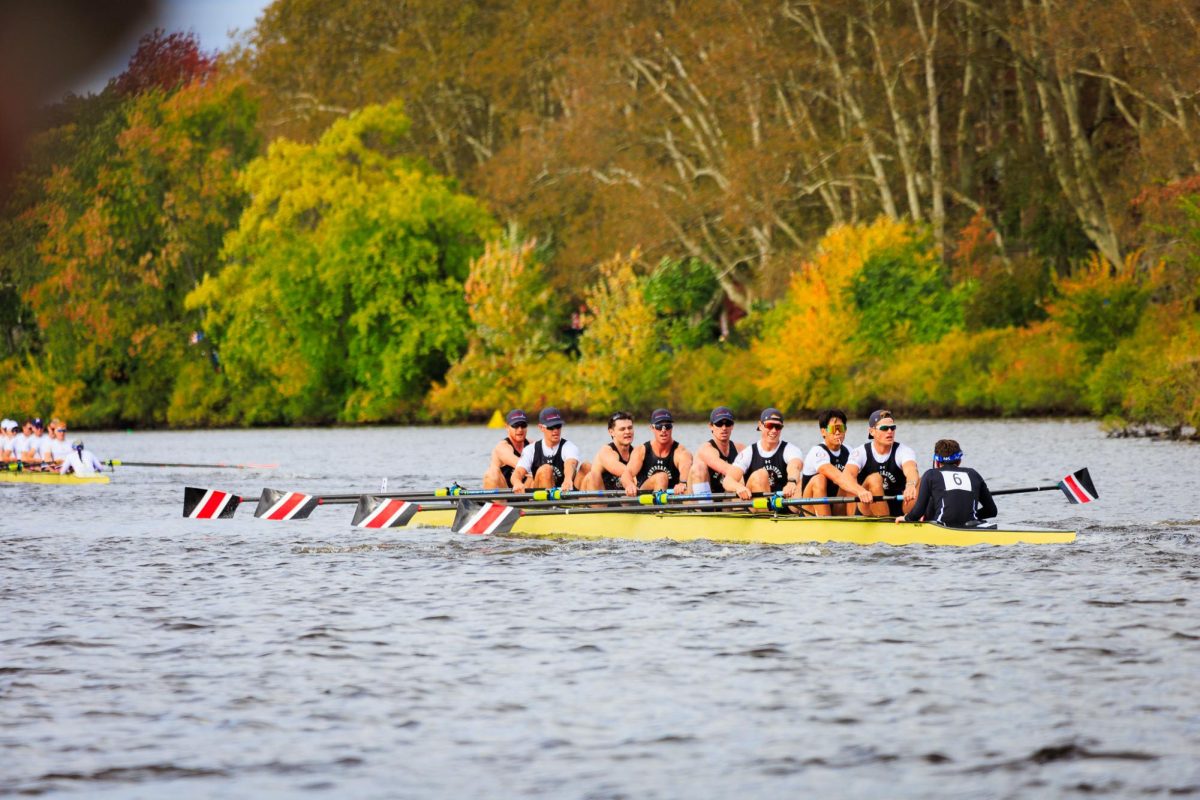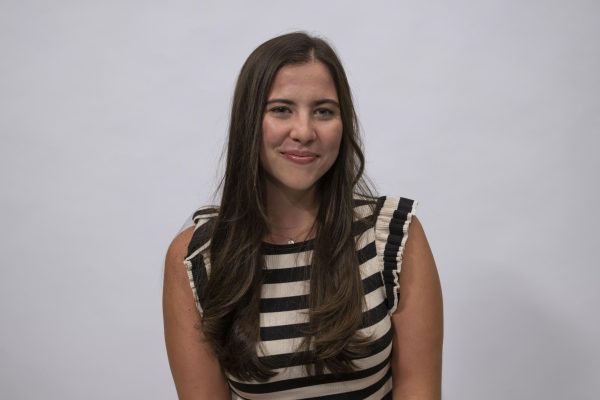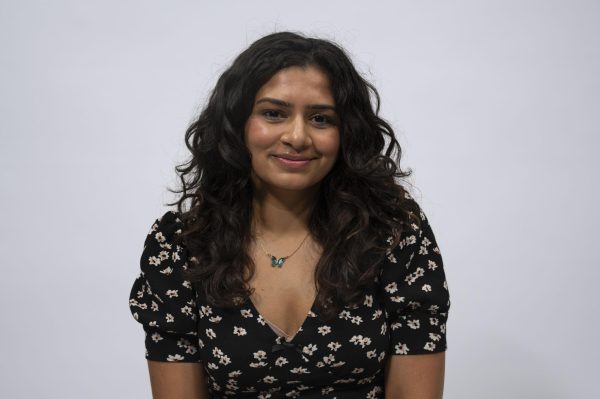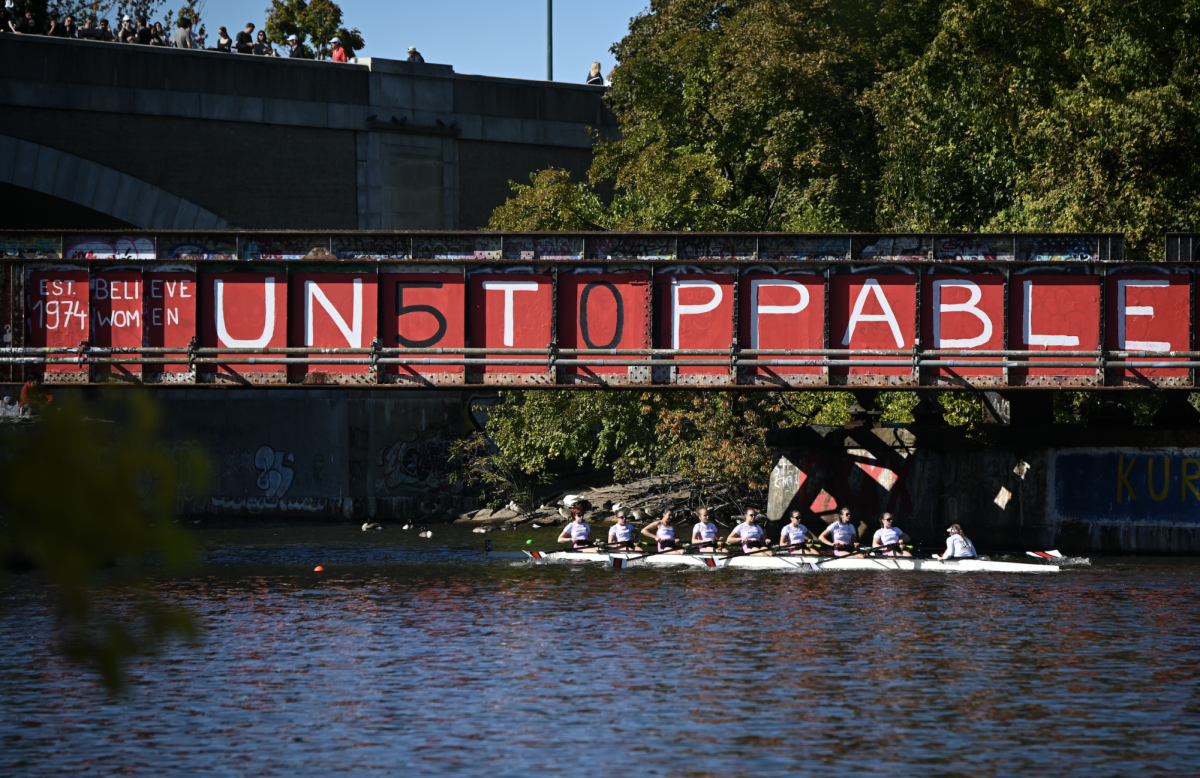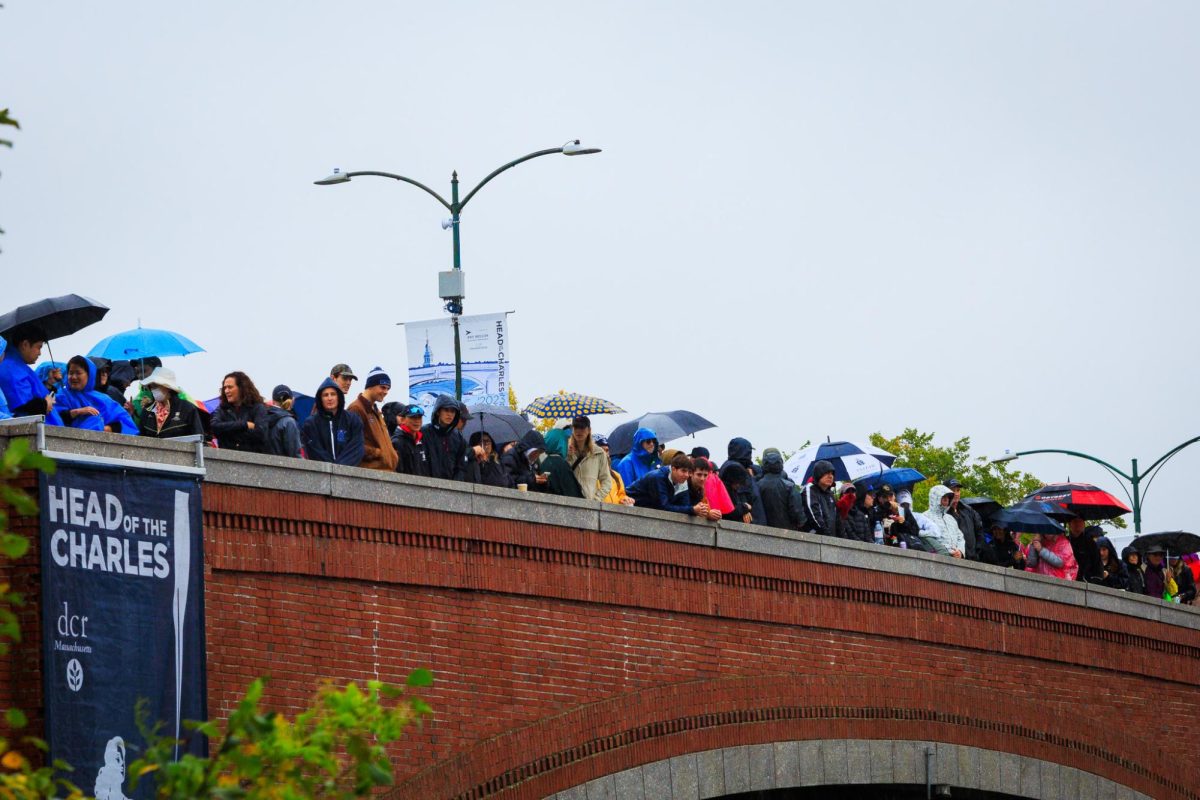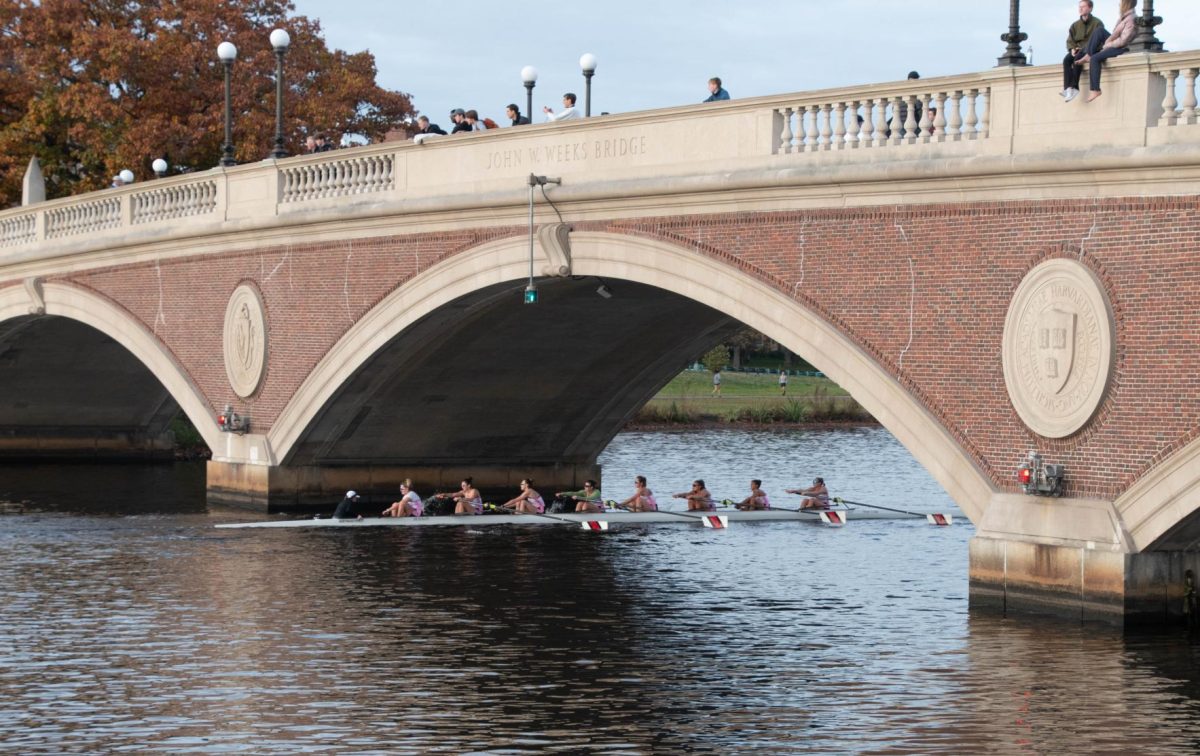Despite rain providing less-than-ideal weather conditions, undeniable energy and enthusiasm still permeated the atmosphere at the Head of the Charles Regatta Oct. 20-22. The world’s largest three-day rowing event brings spectators and participants together on the banks of the iconic Charles River annually to watch more than 11,000 athletes from around the globe row their way to the finish line. The Charles River, typically a serene backdrop for the city of Boston, transformed into a challenging race course for the entirety of the weekend.
First held Oct. 16, 1965, the Head of the Charles Regatta has continued to grow with each passing year. This year, over 2,000 different boats competed in the 58th annual regatta, and athletes hailed from more than 800 schools.
Along with the races, the regatta boasts a bustling Regatta Village. Here, vendors, food trucks and exhibitors create a lively atmosphere where participants and spectators can mingle, shop for rowing gear and sample local cuisine. Dozens of tents filled with free food, drinks and author meet-and-greets dot the river bank.
Visiting spectator Mark Feldman enjoyed the change in scenery for the weekend as he made the trip from Washington, D.C., to support his son, Ethan Feldman, who rows for Boston University.
“I love it here, especially the excitement around the regatta. It’s as though everyone is coming together, and even in the rain yesterday, it was still packed out here,” Feldman said.

What sets the Head of the Charles apart from other similar races is its unique and challenging course, which winds through the scenic bends of the Charles River. The three-mile route, affectionately known as “the three-mile turn,” starts at the Boston University boathouse and finishes at the Eliot Bridge, which connects Allston and Cambridge. With multiple bridges, tight turns and many bends, it’s a true test of skill and strategy for rowers.
During head races, which have staggered starts, rowers compete for the fastest time — not to reach the finish line before another boat. These races are typically between three and six miles long.
Northeastern’s men’s and women’s rowing teams competed during the weekend, placing competitively in their events. In the Men’s Championship Eights, the Huskies second varsity placed first among junior varsity boats with a time of 14:52.639 and the first varsity boat placed fourth among collegiate boats with a time of 14:36.712. The Northeastern women’s team had two boats compete in the women’s clubs classification. On Sunday, the Women’s Championship Fours squad placed 18th, and in the Women’s Championship Eights, the Huskies placed 24th.
Spectators lined the riverbanks and bridges, cheering on the rowers and adding to the festive atmosphere with cowbells and cheers. Whether they were there to support their child, sibling or school, or just to experience the atmosphere, they certainly found a good time as one supportive community.
“I don’t know much about the rowing world, but my sister gave us all the details, and I am still having an amazing time without knowing all the ins and outs,” said Hellen Mooney, an upstate New York native who traveled to Boston to watch her sister compete for Stanford in her first ever Head of the Charles.
The regatta is not just for collegiate rowers; it brings together athletes of all ages and backgrounds, from high school crews to Olympic champions.

Syracuse Rowing and Head of the Charles alum John Rademacher returned to Boston to watch the spectacle on the Charles. Rademacher rowed for Syracuse University from 1987-89, and placed in the top 10 in the Men’s Championship Eights when he was with the Penn Athletic Club Rowing Association in the fall of 1989.
“As a participant, it is a really unique experience,” Rademacher said. “It’s very loud. You have coxswains yelling at other coxswains, and you know you’re racing against the best. It’s a very prestigious race to do well at.”
Attendees maximized their view of the race, crowding the Eliot and Weeks Bridges to get a bird’s eye view of rowers passing below.
“What I find most exciting about watching the Head of the Charles races is crews trying to pass each other at the narrow Harvard bridge,” Rademacher said. ”It is so unbelievable to watch, and I would love to be out there on a boat again.”
Now attending as a spectator, Rademacher comes to the Head of the Charles for different reasons.
“My perspective has changed toward actually looking at each crew to see how well they are racing and to just take in all of the other aspects of the race,” Rademacher said.
Amid the race’s vibrant atmosphere, it’s not just about the competition it’s about the entire experience.
“I was told the Charles is one of the best environments for not just the rowers, but also the spectators,” Mooney said. “I have only been here for a day, but I definitely can say I feel the energy all around.”



